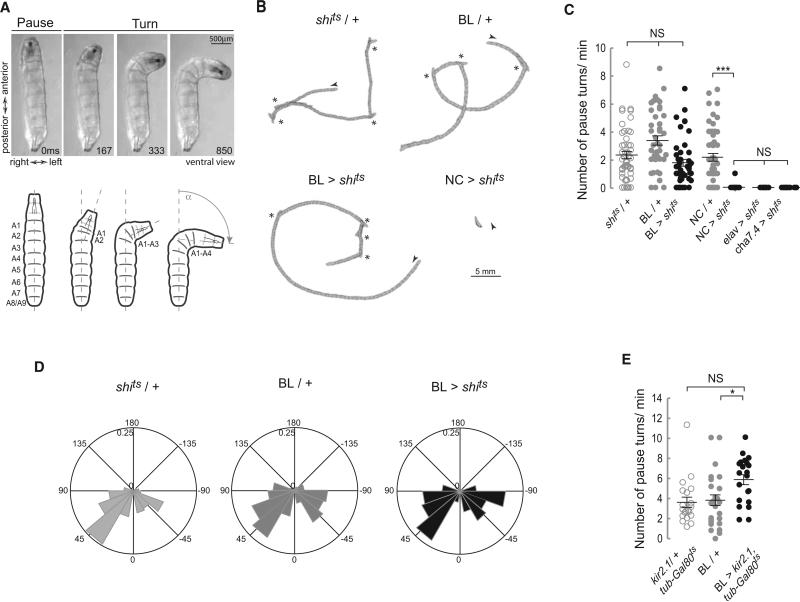Figure 4. Blocking Synaptic Transmission in the BL Does Not Alter the Number and Angle of Pause Turns.
(A) Description of a pause turn. Video frames and diagram showing a ventral view of a WT larva, OrR, at different stages during a pause turn. A unilateral wave of muscle contraction moves backward from A1 to A4 on the left hand side. Segments A5 to A9 remain relaxed on both sides of the animal. See also Figure S2.
(B–D) Crawling behavior was recorded on video and analyzed. (B) Representative crawling patterns depicted by perimeter stacks from a 2 min crawling episode at 1 frame/s. An arrow head marks the beginning of each track, while asterisks mark pause turn events. (C) Scatter plot and average number of pause turns/min (±SEM). Blocking activity in the BL did not affect the number of turns as confirmed by a Kruskal-Wallis and a Dunn's Multiple Comparison test. An average of 46 animals was tested. **p < 0.01; ***p < 0.001. (D) Polar histogram of turning angles frequency. The frequency distribution of turning angles (α) see (A) for both controls and the BL > shits was nonsignificantly different. A Watson's U2 test for nonparametric two-samples test was performed: shits /+ versus BL > shits U20.05,197,137 = 0.12; BL/+ versus BL > shits U20.05,269,137 = 0.06.
(E) Scatterplot including average number of pause turns/min (±SEM). Hyperpolarizing the BL domain with Kir2.1 does not affect the number of turns. A one-way ANOVA with a Bonferroni post hoc test was used for comparison between genotypes, *p < 0.05.

